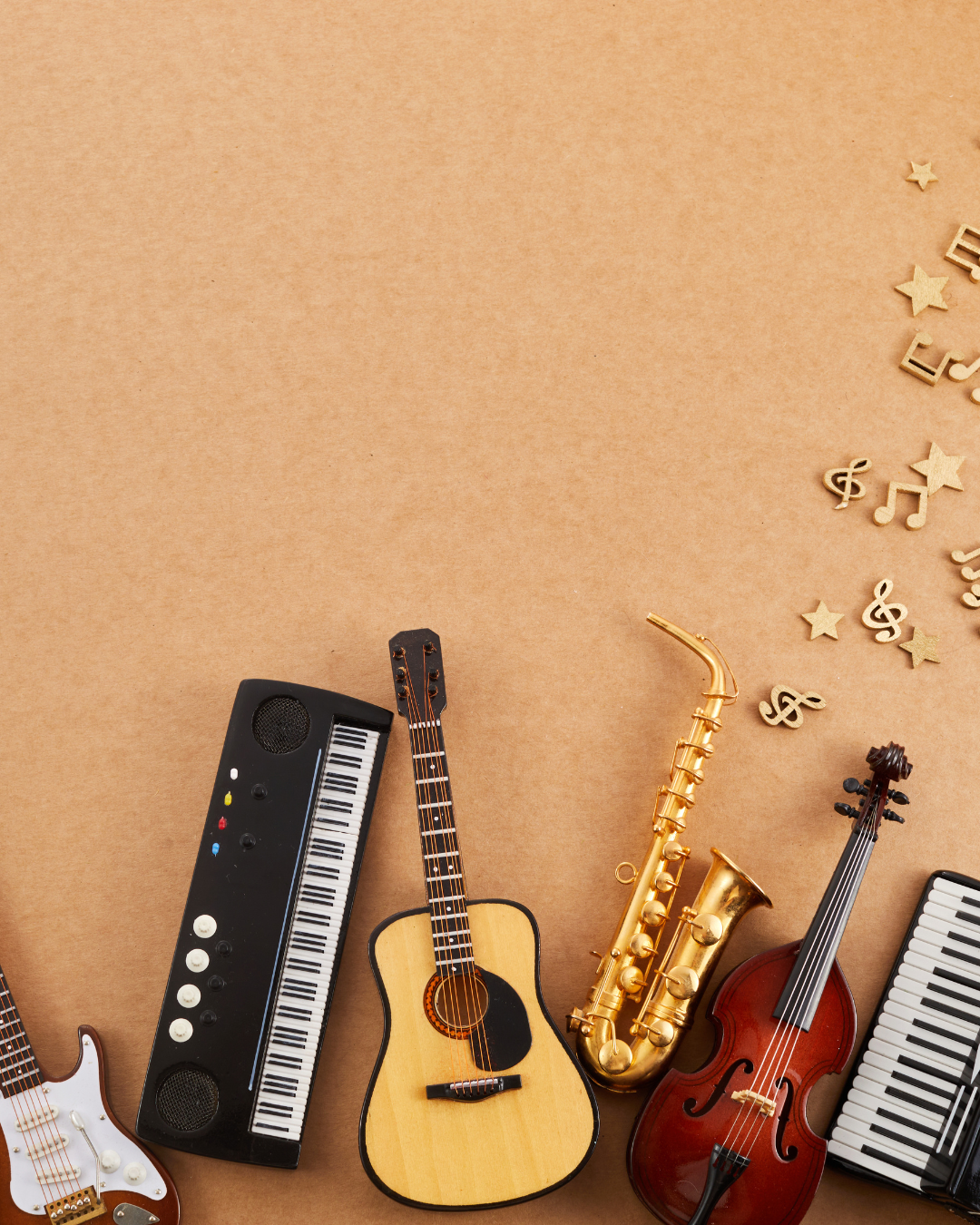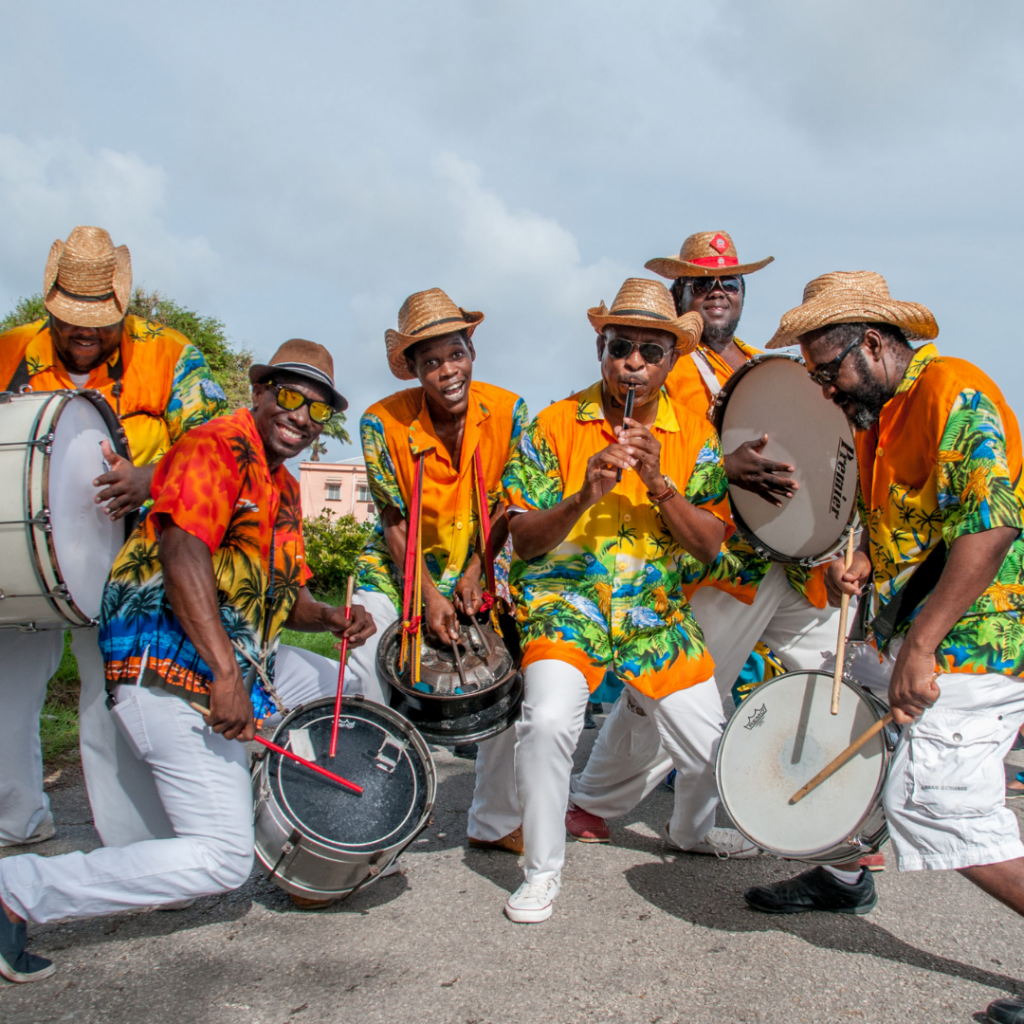In a world filled with a myriad of sounds, unique musical instruments offer a fascinating glimpse into cultural heritage and diverse musical experiences. Each instrument carries its own story and tradition, reflecting the values and practices of the cultures from which they originate. Exploring these distinct creations not only broadens one’s understanding of music but also highlights the artistry and creativity of different societies.
From the Japanese shamisen, with its three strings and distinctive plucking technique, to the West African balafon, a wooden percussion instrument that brings vibrant sounds to traditional celebrations, these instruments contribute to the rich tapestry of global music. Each unique instrument serves as a bridge connecting people through rhythm and melody, inviting listeners to appreciate the nuances and quirks that make each sound special.
Engaging with unique musical instruments allows for a deeper emotional connection to music. This exploration can inspire musicians and enthusiasts alike, encouraging them to experiment with new sounds and techniques that expand the horizons of their musical repertoire.
Evolution of Rare Musical Instruments
The evolution of rare musical instruments reflects changes in cultural heritage, technology, and creativity. Unique instruments have emerged as representations of specific traditions, while others have adapted to modern innovations.
Historical Significance
Rare musical instruments often tell stories of their times. Many were developed to serve particular cultural needs or rituals. For example, instruments like the didgeridoo have deep roots in Indigenous Australian culture, used in ceremonies and storytelling.
The shakuhachi, a Japanese bamboo flute, was integral to Zen Buddhist practice, embodying spiritual expression. Each instrument serves as a historical artifact, revealing insights into the people and societies that created them.
Cultural Impact
Cultural heritage plays a vital role in the significance of rare musical instruments. They not only reflect artistic ingenuity but also serve as symbols of identity. Instruments such as the balalaika and sitar are pivotal in their respective cultures, shaping various musical genres.
They help in preserving traditions and are often featured in folk music festivals. Their rarity contributes to their allure, generating interest among musicians and collectors alike. This cultural richness fosters appreciation and inspires contemporary artists.
Technological Advances
Technological advancements have transformed the musical landscape, especially for rare instruments. The introduction of electric variants, such as the electric guitar, revolutionised music in the 20th century. These new technologies allow for unique sound modifications and broaden artistic expression.
In electronic music, synthesizers and digital tools have created unusual instruments that explore sound in innovative ways. Such instruments merge traditional craftsmanship with modern technology, leading to hybrid creations that continue to expand the definition of musical expression. These developments illustrate the ongoing evolution of rare instruments as they respond to contemporary needs.
Types of Unique Instruments
Unique musical instruments can be categorized into several distinct types, each offering a unique sound and method of play. This section explores string, wind, electronic, and unconventional percussion instruments, each with intriguing characteristics.
String Instruments
String instruments produce sound through the vibration of strings. Notable examples include the sarangi, celebrated for its rich tones in Indian classical music, and the nyckelharpa, a Swedish instrument that features keyed strings. The hurdy-gurdy intertwines the mechanics of a violin and a keyboard, where a rotating wheel creates sound. The octobass stands impressively tall, producing deep tones that resonate beautifully. Other unique options are the crwth from Wales and the kalimba, an African thumb piano known for its soothing melodies.
Wind Instruments
Wind instruments use the breath to create sound, resulting in a diverse range of tonal qualities. The didgeridoo, originating from Indigenous Australian culture, produces a deep drone through circular breathing techniques. The ocarina, an ancient wind instrument made from clay, has a distinct, soft timbre and is often used in folk music. The erhu, a Chinese two-stringed instrument, is played with a bow and is recognized for its emotional depth. Instruments like the koto and shamisen also utilize wind, enhancing their traditional soundscapes.
Electronic Instruments
Electronic instruments offer innovative ways to create music. The stylophone, a miniature keyboard played with a stylus, is often noted for its quirky sound. The Chapman stick allows players to tap and slide on strings, producing harmonious melodies.
The pyrophone is a fire-based instrument that employs flames to create sound, showcasing the intersection of science and art. The hang drum, designed for meditative music, creates calming tones through hand drumming on its surface. Instruments like the Zeusaphone generate sound through high-voltage electrical arcs, making for a visually compelling experience.
Unconventional Percussion
Unconventional percussion instruments introduce unique rhythmic patterns. The djembe, a West African hand drum, is known for its versatility and expressive capabilities. The jaw harp, also called a mouth harp, produces sound by plucking a metal tongue, creating a distinctive twang.
The bones, made from animal bone or wood, are struck together to create percussive sounds often used in folk music. The stalactite organ is an extraordinary installation in a cave, where stalactites are struck to produce musical notes. Finally, instruments like the cimbalom, a hammered dulcimer from Eastern Europe, add to the diverse array of percussive options available.
Innovative Playing Techniques
Innovative playing techniques enhance the expressive capabilities of unique musical instruments. This section explores two significant areas: extended techniques that produce unconventional sounds and the integration of technology into performance.
Extended Techniques
Extended techniques refer to non-traditional methods of playing instruments, allowing musicians to create diverse and haunting sounds. For instance, on string instruments, players often use col legno, striking the strings with the wood of the bow, generating a percussive effect.
Wind players may employ circular breathing, enabling seamless sound production without interruption. Instruments like the theremin, played by manipulating electromagnetic fields, showcase how physical presence alters sound directly, creating an ethereal atmosphere.
The yaybahar is another exemplary instrument, known for its unique design that produces vibrations through strings attached to a membrane. Musicians utilize bowing, plucking, and even tapping techniques to evoke different tones and textures, pushing the boundaries of conventional performance.
Technological Integration
Technological integration in music enhances performance possibilities and sound variations. Many contemporary musicians use pickups to amplify acoustic instruments, which allows for a broader sonic palette. For example, electric and acoustic guitars often incorporate various pickup types to modify sound quality.
Innovative software applications can simulate instrument effects and provide real-time audio manipulation during performances. This offers musicians the ability to layer sounds, sync with visuals, or even interact with other digital instruments seamlessly. These advancements enable unique performances that resonate with modern audiences, bridging traditional music with contemporary trends.
The Sonic Experience
Unique musical instruments offer diverse ways to interact with sound, creating a rich auditory landscape. The diversity in sound production methods, aural aesthetics, and physical interaction shapes the overall musical experience.
Sound Production
The way sound is generated varies significantly across unique instruments. For example, the theremin produces sound through electromagnetic fields controlled by the player’s hand movements, resulting in an ethereal tone. In contrast, the handpan uses tuned steel shells played with hands, creating soothing percussive notes.
The glass harmonica, which uses friction from wet fingers on glass bowls, generates a hauntingly beautiful sound. Similarly, wind instruments like the harmonica and hurdy-gurdy depend on airflow and mechanical vibration. Each method contributes to a distinct sonic signature, influencing how music communicates emotion and intent.
Aural Aesthetics
Aural aesthetics cover the qualities of sound that evoke specific feelings or images. Instruments like the Cristal Baschet offer a visual and auditory fusion, with its glass and metal components creating shimmering soundscapes.
Woodwind instruments, characterized by their warm timbre, rely on reed vibrations for a rich auditory texture. The Great Stalacpipe Organ, built within a cave, utilizes natural stalactites to produce sounds with unique resonance. These instruments enable a multi-sensory experience, making music immersive. The capacity for unique tonal qualities affects how listeners perceive and respond to the performance.
Physical Interaction
Engaging physically with an instrument plays a crucial role in the musical experience. For instance, playing the hurdy-gurdy involves cranking a wheel to create sound, providing a tactile connection to the music.
In contrast, the handpan invites players to explore rhythms through a hands-on approach, fostering creativity. Instruments like the theremin require precise hand movements, making interaction an integral part of performance. This physical engagement enhances both player and audience engagement, transforming sound production into a collaborative art form. The unique characteristics of each instrument expand the ways individuals can connect with music.



